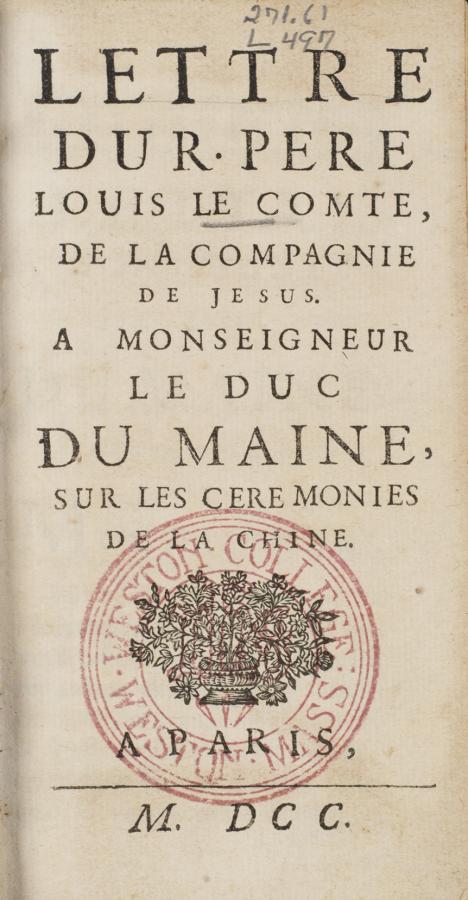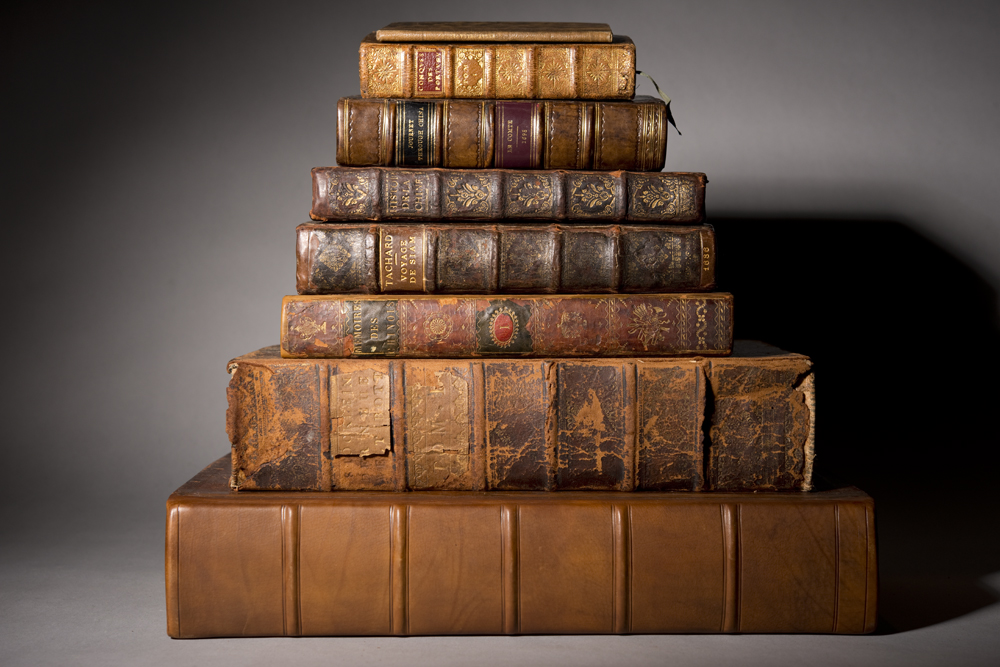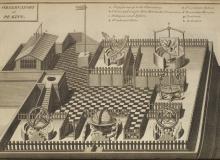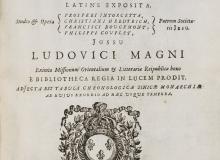Lettre du Pere Louis Le Comte, de la Compagnie de Jesus, a Monsigneur le Duc de Maine, sure les ceremonies de la Chine


From their earliest days in China the Jesuits realized they were dealing with a vastly different culture from those of their lands in Europe and that if they wished to fit in, let alone preach the gospel there, then they were the ones who would have to adapt to the host culture. They knew that it was not just enough to learn to speak and understand the oral language but that they would also have to become literate in what was an incredibly sophisticated and complex linguistic world, complete with written works that had been composed, analyzed and discussed since before the time of Christ.
Furthermore, they knew that culture adaptation, or at the very least cultural recognition, entailed more than just comprehending the language (however so much that was a good and essential place to start). They also had to consider the clothes they wore, the houses they built, the food they ate, the ways in which they interacted with the people around them and so on, in ever-increasingly complex and inter-connected ways. This was even before they could begin to consider how to translate Christian theological terms, with their rich under-pinning of Judaeo, Graeco and Roman thought, into Chinese words and phrases.
They had the nearby example of the work other Jesuits had started in Japan (where the Jesuit Francis Xavier first entered in 1549), where they tried to translate Christian terms too quickly in the process and had only narrowly avoided falling into a confusing and, from a Christian perspective, heterodox syncretism. The China Jesuits, from the time of Matteo Ricci onwards, had consciously chosen a different path, and sought to move slowly in terms of how they introduced Christian themes.
This of course meant that the growth of the Chinese Catholic community was very slow – especially in relation to what was happening in Japan – but the Jesuits believed that they were establishing firm foundations as a result. The tactics the Jesuits chose – eventually wearing scholar clothing, engaging in dialogue with Confucian scholars and so on – were the result of complex cultural negotiations and even the Jesuits debated among themselves whether or not they were doing the right thing.
At any rate, this was the path they had set themselves on and collectively the Jesuits kept themselves to it. Unfortunately, their long-term plan and the potential future growth of the church was placed in jeopardy by the arrival in China of missionaries from other orders who maintained that the Jesuits had compromised too much, especially about the supposed religious nature of the ‘Chinese Rites.’ That is, those practices of obeisance that a scholar was obliged to make before his ancestral tablets and before representations of the emperor. Other missionaries maintained these Rites were idolatrous and had to be forbidden to Christian scholars. The Jesuit reading of the practice, based on their experience and their particular interpretation of the underlying Confucian texts, was that these acts were civil rather than religious. Most importantly this meant a scholar could perform them and still be a Christian.
The debate known as the Chinese Rites Controversy basically hinged on these type of issues, although it also incorporated discussion about the terms used for God, and whether or not the Jesuits had compromised themselves by working for the imperial court, and thus for an earthly not heavenly king. In the broader scheme of things the controversy also got drawn into theological debates in Europe (like Jansenism) and questions of whether or not Jesuit influence was too threatening to political stability in places like France, Spain and Portugal.
To this end, the China based Jesuits, as well as Jesuits in Europe, sought to marshal their forces to oppose the onslaught in China and in the courts and universities of Europe. One part of their defence was to seek to explain to influential patrons the real nature of what had been done in China, the reasons why these acts were taken and why they were not problematic anyway. A reading of the dedications of various Jesuit-China works at this time clearly reveals the manner in which the Jesuits were seeking to bolster their position and cleave their friends to them.
The present work was written by Louis Le Comte (1655-1728) a Jesuit who had been one of the mathematicians Louis XIV sent to China in the late 1680s. He returned to France as procurator in 1691 and although he wished to return to China he was needed as a supporter of the mission back in France. His works were influential forays into the controversy. The Duc de Maine was the oldest legitimized son of Louis XIV (as in, he was recognized as a royal child but was not in the direct line of inheritance). He nevertheless was a figure whose patronage was not inconsequential. Le Comte also wrote other works that bear on the Rites Controversy.
How to Use the Online Books
A help page explaining the difference between the book readers and how to use the scholarly search.
Related Items

Jesuits have always been interested in the stars and even today Jesuits run the Vatican Observatory. It was critical work in China.

Translation of Confucian classics into European languages
Jesuit missionaries began translating the Confucian canon in 1583. The first work that transmitted this knowledge to Europe was published in Paris in 1687.
